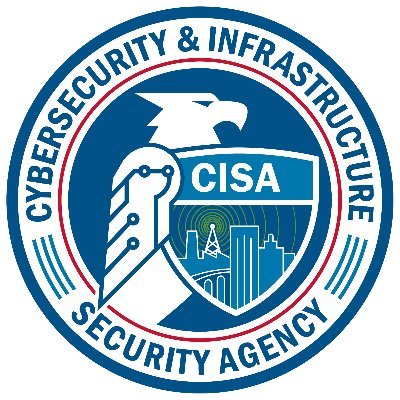
VMware has long been the dominant player in the virtualization market, offering businesses a comprehensive feature set and scalable solutions for their infrastructure needs. However, with the licensing insanity that Broadcom introduced after acquiring it from Dell, various players have emerged with promises to challenge VMware’s supremacy. The complete dissolvement of the VMware Essentials licensing and the significant change to Essentials Plus, both being priced to directly target the SMB market, was a shot in the chest for most customers using them. Many of which are now investigating or fully planning to migrate to a completely different infrastructure.
In our quest to explore potential alternatives to VMware, we evaluated several contenders including Proxmox, Hyper-V, KVM (multiple Linux flavors), HP Essentials, and XCP-NG. Our evaluation was conducted as an apples-to-apples comparison in order to keep things fair, matching VSphere solutions to the nearest counterpart in the contender’s solution.
Also, it is important to clarify that solutions like Dell VxRail, Nutanix, Vertio, and Scale Computing were intentionally omitted from our tests. These offerings are more akin to larger scale hyper-converged infrastructure (HCI) solutions, rather than single and double hypervisors, mostly seen with our SMB customers. And all require sizable hardware purchases, making them a less feasible option for budget conscious SMBs.
Feature Sets: A Gap Between Contenders and VMware:
The general results for all of the contenders landed in the same camp; comparing these alternatives to VMware is like comparing a McLaren with a VW – both have tires and steering wheels, but their capabilities diverge significantly beyond that. It is sadly astonishing that after decades in the market, none of the contenders have shown much effort to match VMware’s rich feature sets, yet all of them are touting the ability to easily migrate to their solutions. I can only assume they have all avoided developing these features because of the historically insurmountable challenge in competing with VMware, and I don’t say that lightly. In all fairness, it would have been an arguably monumental and incredibly costly undertaking to say the least. However, I can unfortunately say, without a doubt, that none have spent the money or the time, until now, to do so. And it pains me to say that any migration away from VSphere will be met with unavoidable reductions in features and reliability as well as possible full re-engineering of the entire server stacks involved.
Scalability: A Looming Issue:
The primary area where VMware outshines its competitors is scalability. Once in place, the safeguards and fault systems in VSphere make a concerted effort to keep engineers and support techs from inadvertently making catastrophic mistakes. Not so with most of the contender systems tested. We were able to, without much effort at all and zero intention to do so, completely disconnect ourselves from the servers. I think this is mostly due to the fact that none of them have a single, integrated, hypervisor aware command and control center that allows the individual server some autonomy but that watches over the entire stack for anomalies. This is where VCenter shines in a VSphere stack. While there are emerging attempts to create “VCenter-like” command and control systems for unified infrastructure management, most of these solutions are first-generation attempts that again, unfortunately fail to come close to matching VCenter’s abilities.
Also, if offered at all, Software Defined Networking (SDN) functionality either comes with a significant licensing cost or is so underdeveloped that it cannot be considered for production use.
Insert a heavy sigh here.
Cloud Migration: A Budgetary Dilemma:
We also considered migrating servers to the cloud as an alternative. Services such as Azure, AWS and Google CE are initially very appealing. However, we found that for many small to medium-sized businesses, this option was financially out of reach. When factoring for all of the costs involved with just single server migrations, the multiple costs (multiple compute rates, inbound and outbound bandwidth, etc.) associated with such a move were prohibitive and beyond the budgetary constraints of these organizations. That also doesn’t begin to cover the potential data sovereignty concerns, security auditing and re-training costs for offsite management.
The Bottom Line:
So, the unfortunate conclusion; our investigation has exposed a significant challenge. As much as we REALLY wanted/needed to find an alternative, none of the contenders currently offer feature sets and scalability options that can compete with VMware. This reality is a major concern for SMBs looking to reduce licensing costs while supporting or improving their infrastructure capabilities. It remains to be seen when, or if, these competitors will rise to the challenge and deliver viable alternatives to VMware’s market dominance and Broadcom’s license lunacy. If the SMB community wants/needs an alternative, the SMB community needs to start making a lot more noise.
